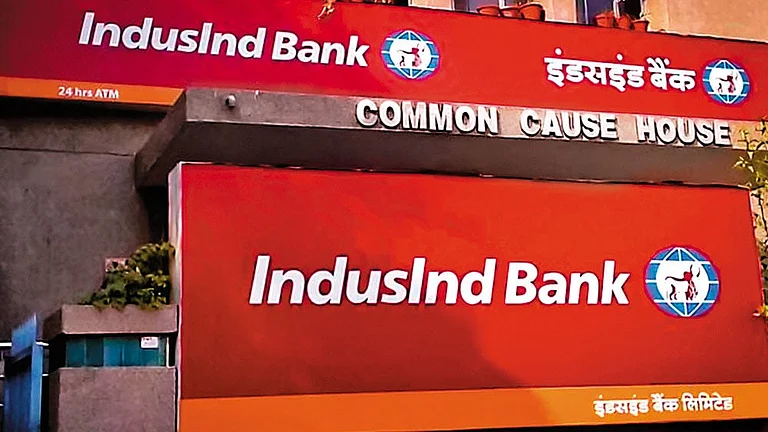The Federal Reserve’s decision to increase the main interest rate by three-quarters of a percentage point, the steepest rise since 1994, is its most aggressive stance so far to tame inflation. The US Fed’s decision was on expected lines and to bring inflation down to the mandated level of 2 per cent, it would continue on the rate hike path.
Post Covid, to rebuild the economy, US had near zero interest rate levels. Lower interest rates, globally, were beneficial for emerging markets like India to bring more dollar inflows. As dollar strengthens and yields on US treasuries as well as global yields rise, interest rate difference between India and US would narrow further as US opts for more hikes. This would result in flight of dollars from India’s equity and debt markets.
“As the Fed begins reducing its balance sheet size by halting the reinvestments of the proceeds of maturing bonds, this will have an impact on global liquidity and increase capital outflows from emerging nations. India may also see a decline in foreign investments, while borrowing costs turn expensive,” Rumki Majumdar, economist Deloitte India, said.
Impact on India
Since January, India’s currency has been weakening fast. Rupee has depreciated to 78.17 against the US dollar from 74.25 in January. Compared to the net positive investments of Rs 25,752 crore in the whole of 2021, foreign investors have already made a net outflow of Rs 1.92 lakh crore in the first 5 months of 2022. The increasing crude prices would continue putting pressure on the rupee.
“There would be a transmission of this Fed hike to the external component of the economy, especially on the exchange rate. There would also be an impact on the balance of payment. That would also put pressure on government bond yield. This would in turn put pressure on the Reserve Bank of India (RBI) to hike India’s interest rate further,” NR Bhanumurthy, vice chancellor, Dr B.R. Ambedkar School of Economics University, Bengaluru, said.
Earlier in June, the RBI hiked its key interest rate by 50 basis points (bps) to 4.9 per cent from 4.4 per cent in an effort to tame inflation that has remained stubbornly above the central bank’s tolerance limit for the past several months. The Fed hike would now mean RBI further increasing interest rate going ahead.
Fears of recession
The rate hike trajectory that the Fed would be on has made experts and stakeholders express concern over a looming recession. As inflation gets more entrenched and impacts consumer spending capacity, some analysts see prospects of a mild recession starting in mid-2023.
“The Federal Reserve is going to hike interest rates until policymakers break inflation, but the risk is that they also break the economy,” Ryan Sweet, Moody’s Analytics head of monetary policy research, said in a research note. “Growth is slowing and the effect of the tightening in financial market conditions and removal of monetary policy has yet to hit the economy.”
Some experts believe that the US might already be in recession US may already be in a recession due to slowdown in consumer spending. A Pew Research Center analysis of data from 44 advanced economies finds that, in nearly all of them, consumer prices have risen substantially since pre-pandemic times. In 37 of these 44 nations, the average annual inflation rate in the first quarter of this year was at least twice what it was in the first quarter of 2020, as COVID-19 was beginning its deadly spread. In 16 countries, first-quarter inflation was more than four times the level of two years prior.
“Although they (US) are doing it for inflation, but it would impact their economy in multiple ways. It would definitely impact their consumer spending, investments because loan costs would go up. US will get impacted. In the process they may perhaps control inflation. The very nature of the move is to control cost and growth so it will come at the cost of growth. Finances flowing out would have a devastating impact on developing economies. In that case, there currency would depreciate, making inflation much higher. That would also impact the foreign exchange reserves. All these taken together, looks like we are anticipating a demand-driven slowdown,” said Rohit Azad, professor of economics at Jawaharlal Nehru University.
Inflation has battered consumer spending across the globe, thus impacting growth recovery. In 2022, United Nations Conference on Trade and Development (UNCTD) expects global growth to slow to 3.6 per cent, leaving world income still 3.7 per cent below where its pre-pandemic trend would have put it; an expected cumulative income loss of about $13 trillion in 2020-22.






























